
Odisha proudly honors its brave freedom fighters.
As India celebrates its 79th Independence Day on August 15, 2025, Odisha proudly honors its brave freedom fighters who played a significant role in the nation’s struggle for liberation from British rule. These heroes, though sometimes overlooked nationally, were instrumental in shaping India’s path to freedom. From leading the historic Paika Rebellion to mobilizing communities during the Non-Cooperation and Quit India movements, Odisha’s freedom fighters displayed extraordinary courage and sacrifice.
Odisha’s Vital Role in India’s Independence Movement
Odisha contributed to India’s freedom struggle long before the nation united under a single banner. The state’s resistance against British rule dates back to the Paika Rebellion of 1817, widely regarded as one of India’s earliest organized revolts. Led by Buxi Jagabandhu, this uprising in Khurda challenged oppressive British land policies, setting the stage for future resistance. By the 20th century, Odisha actively participated in national movements like the Non-Cooperation Movement (1920-22) and the Quit India Movement (1942). Leaders such as Utkalmani Gopabandhu Das and Rama Devi rallied thousands, while tribal communities and women played significant roles. Odisha’s efforts also led to the formation of a separate province in 1936, a milestone in its identity.
Who Was Jayee Rajaguru, Odisha’s First Martyr?
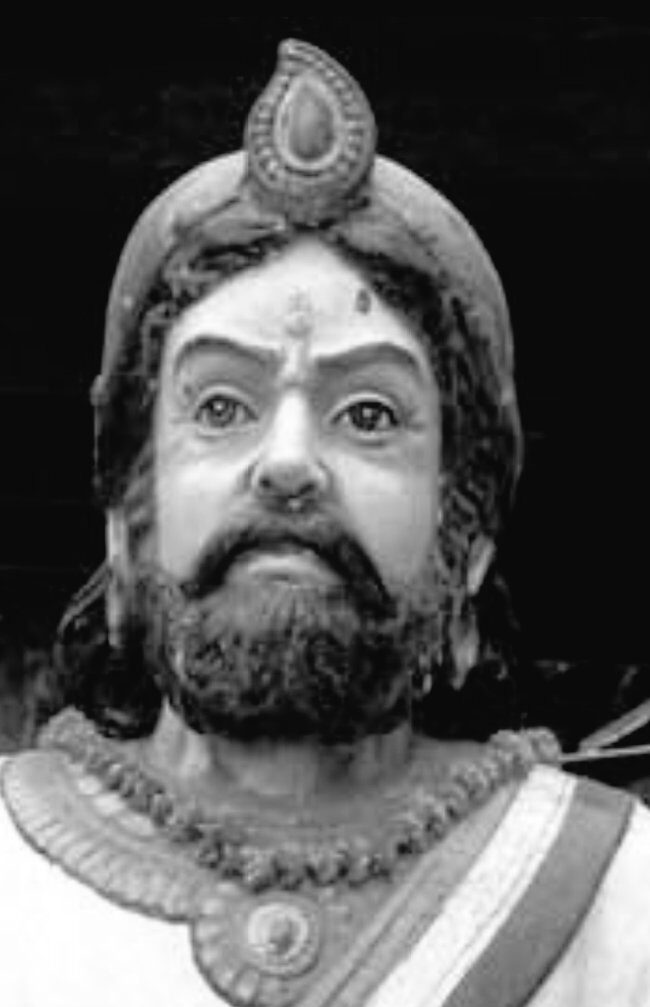
Jayee Rajaguru (1739-1805) stands as a symbol of Odisha’s early defiance against British rule. As the chief advisor to King Mukunda Deva II of Khurda, he led the 1804 rebellion against British occupation, which began in 1803. Rajaguru mobilized local forces to resist colonial authority. Despite the rebellion’s failure, his execution in 1805 marked him as Odisha’s first martyr. His sacrifice ignited a spirit of resistance that inspired later movements. Today, memorials in Khurda and historical records keep his legacy alive, reminding Odias of the courage that fueled the state’s freedom struggle.
What Was the Paika Rebellion and Its Impact?
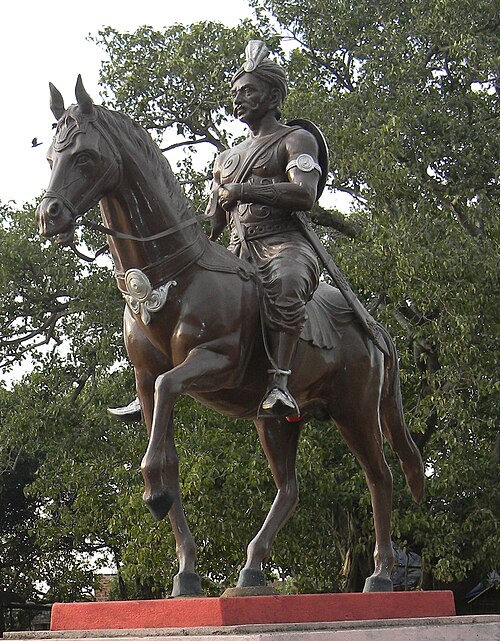
The Paika Rebellion of 1817, led by Buxi Jagabandhu, was a landmark event in Odisha’s history. Discontent with British land revenue policies and the loss of traditional rights, Jagabandhu united Paikas and Kondh tribesmen to challenge colonial rule. The uprising disrupted British control in Khurda for months, targeting their establishments. Though suppressed, the rebellion is recognized as a precursor to India’s broader independence movement. Its legacy is honored through institutions like BJB College in Bhubaneswar, named after Jagabandhu.
Who Was Utkalmani Gopabandhu Das and His Contributions?
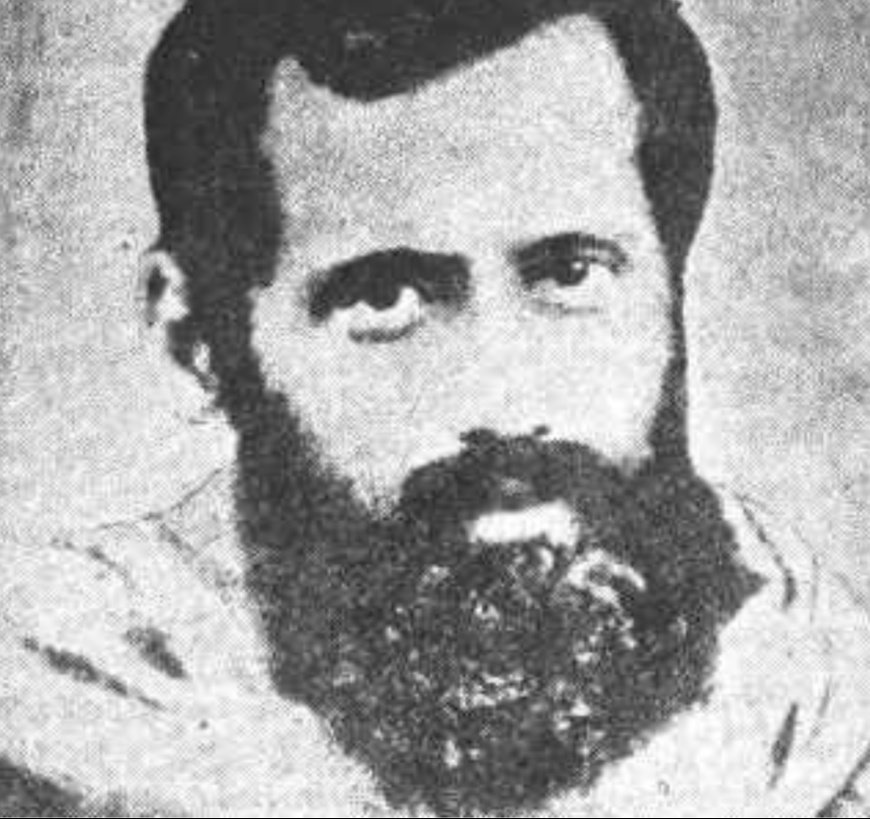
Utkalmani Gopabandhu Das (1877-1928), known as the “Gem of Odisha,” was a visionary leader who shaped Odisha’s freedom struggle. He established the Satyabadi School in 1909 to promote education and national consciousness. During the Non-Cooperation Movement, he encouraged Odias to boycott British institutions, strengthening the Indian National Congress in the state. His newspaper, Samaj, spread messages of unity and Swadeshi. As the first president of the Utkal Pradesh Congress Committee, Gopabandhu united Odias for the cause of independence.
Who Were the Women Freedom Fighters from Odisha?
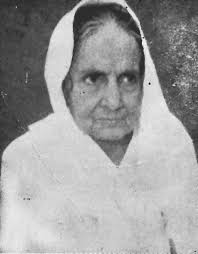
Odisha’s women played a pivotal role in the freedom struggle, with figures like Rama Devi and Sarala Devi leading the charge. Rama Devi (1899-1985) joined the Non-Cooperation Movement in 1921, mobilizing women during the 1930 Salt Satyagraha at Inchudi, where she became Odisha’s first female prisoner of the freedom struggle. Sarala Devi (1904-1986), a writer and feminist, used her essays and journal Kavita to inspire patriotism. She also became the first female speaker of the Odisha Legislative Assembly. These women broke barriers, empowering Odia women to contribute to independence and social reform. Their legacy is celebrated through institutions like Rama Devi Women’s University in Bhubaneswar.
Why Is Madhusudan Das Called the Architect of Modern Odisha?
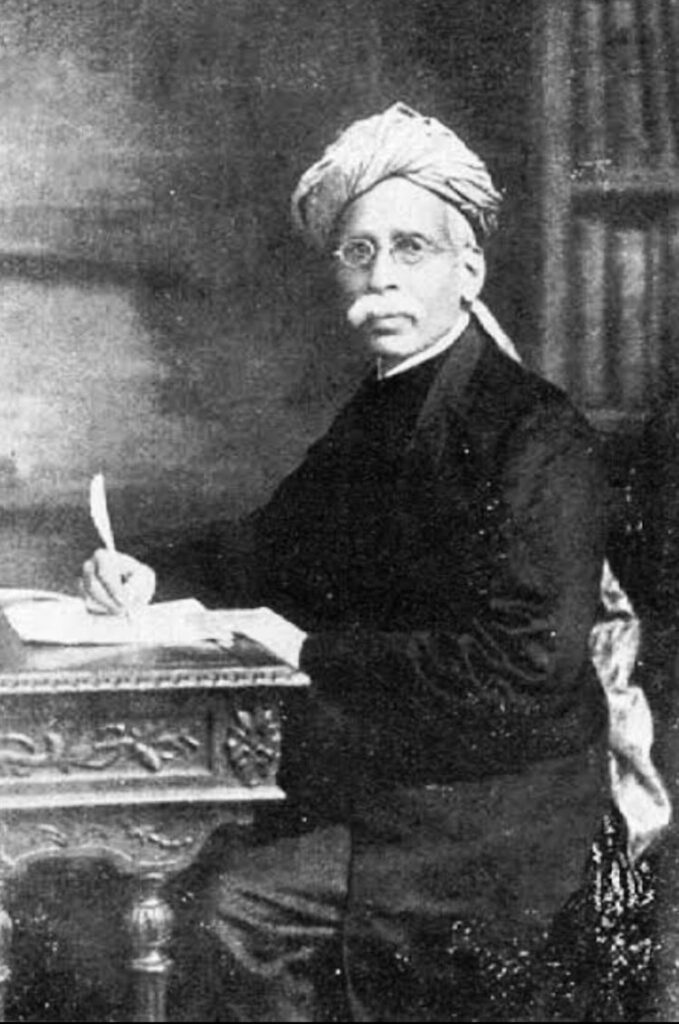
Madhusudan Das (1848-1934), fondly known as “Utkal Gourab,” was instrumental in shaping modern Odisha. He founded Utkal Sammilani in 1903 to advocate for the unification of Odia-speaking regions, a goal realized in 1936 when Odisha became a separate province. As a lawyer, he secured funding for Ravenshaw College, advancing education in the state. His efforts in the Bengal Legislative Council strengthened Odisha’s identity. His birthday is celebrated as Lawyers’ Day.
Who Was Baji Rout, India’s Youngest Martyr?
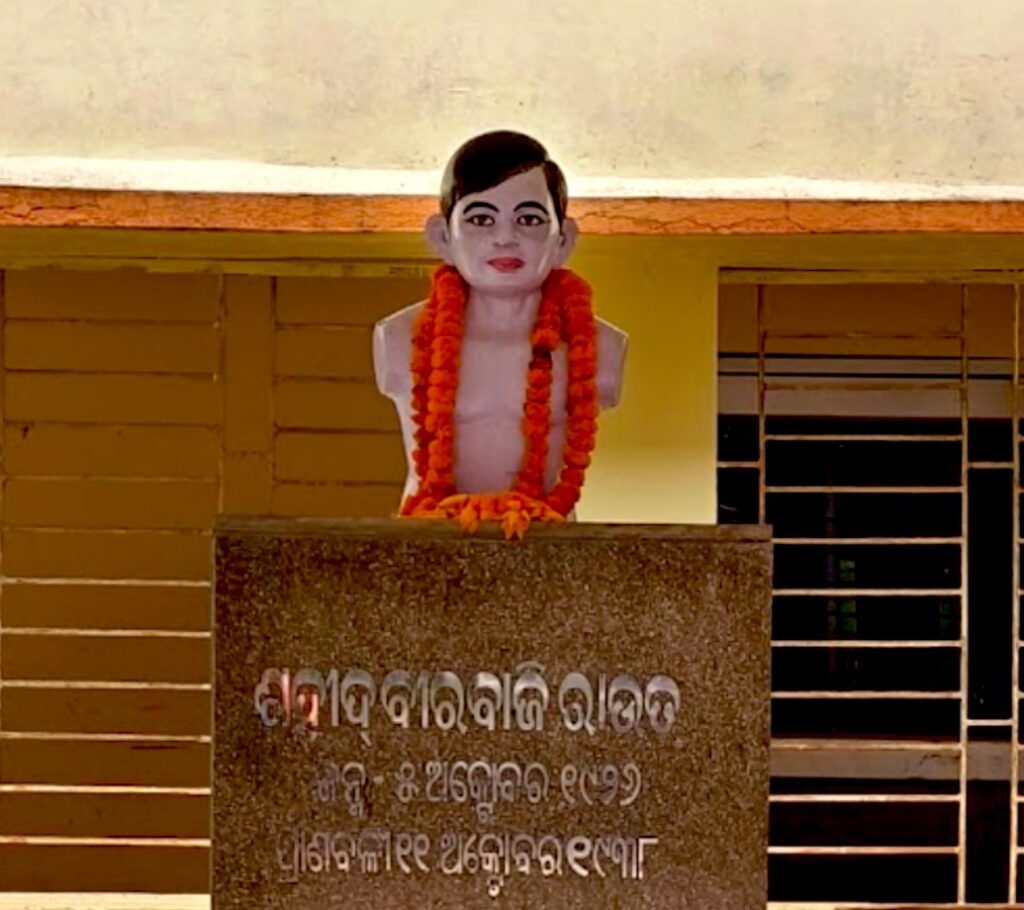
Baji Rout (1926-1938) became India’s youngest martyr at just 12 years old. A member of the Banar Sena, he was shot by British police in 1938 for refusing to ferry them across the Brahmani River in Bhadrak. Memorials, including a statue in Bhubaneswar, honor his sacrifice. For Odias, Baji Rout’s story is a powerful reminder of the bravery displayed by even the youngest in the fight for independence.
How Did Odisha Honor Its Freedom Fighters’ Legacy?
Odisha continues to honor its freedom fighters through memorials, institutions, and annual tributes. The Baji Rout statue in Bhubaneswar and Rama Devi Women’s University are lasting symbols of their contributions. The state commemorates the Paika Rebellion with exhibitions and educational programs, ensuring younger generations learn about Odisha’s role in India’s independence. Events on August 15 highlight figures like Gopabandhu Das and Madhusudan Das, instilling pride among Odias.







